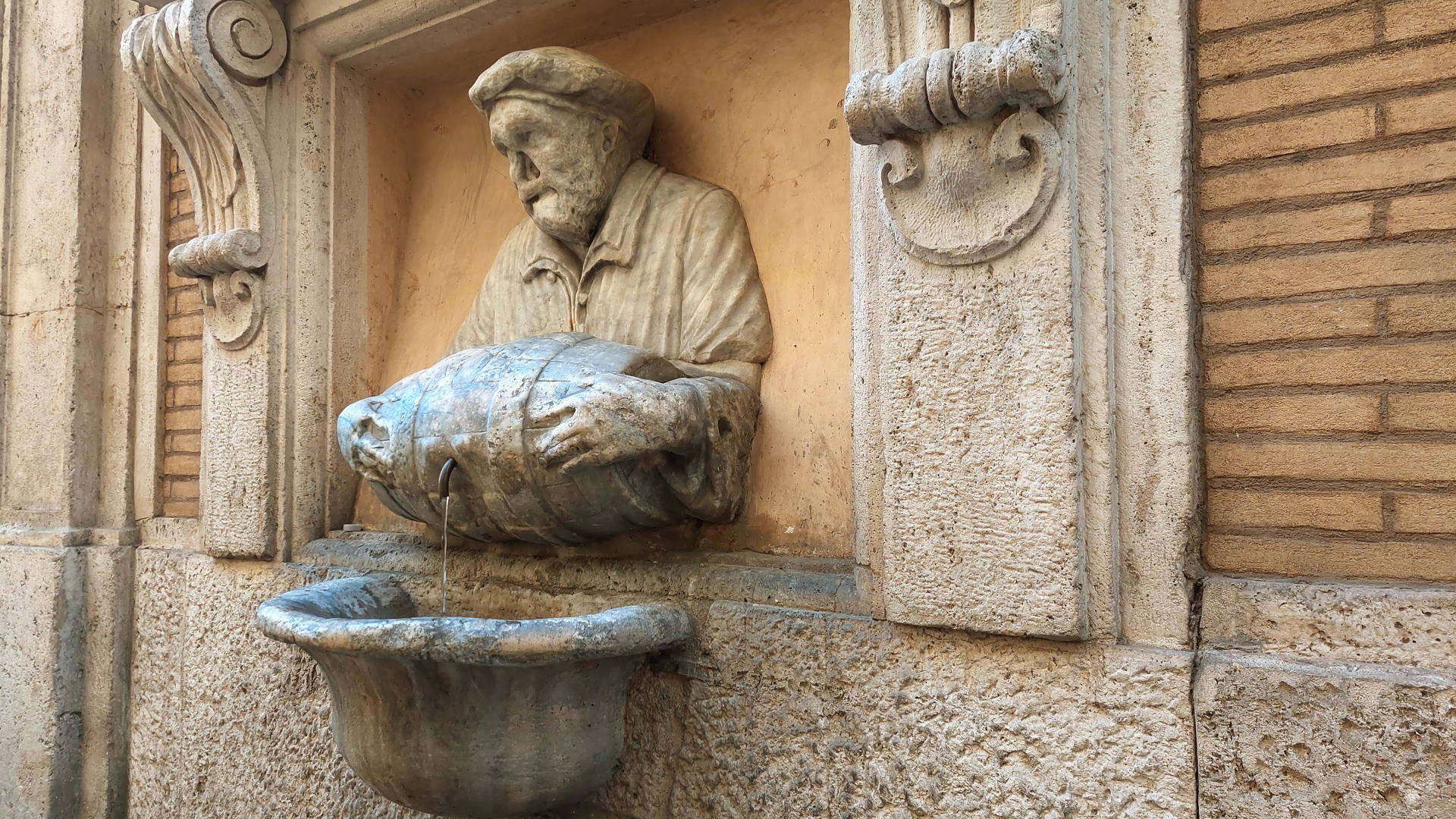
A male figure with a badly-damaged face holds a barrel in his hands, out of which flows a stream of water creating a little fountain: it is the so-called Fountain of the Porter leaning against the wall of Palazzo De Carolis on Via Lata, originally sited on Via del Corso.
The fountain depicts an “acquaiolo”, a water-carrier, in its characteristic 16th-century garb. Before the ancient aqueducts began to be repaired, this as a very popular profession in Rome: water carriers or porters made a living out of providing fresh water to people’s homes, filling their casks with water taken at night from the Tiber or from the ancient Trevi Fountain and selling it during the day for a modest fee.
Briefly attributed even to Michelangelo, the fountain was possibly commissioned by the University of water-carriers and sculpted by Florentine craftsmen to a design by the painter Jacopino del Conte. The identity of the porter was at the center of various and extravagant legends: some said he looked similar to Martin Luther, who stayed in the nearby Augustinian monastery in 1511; for others, the porter was a certain Abbondio Rizzio, who died while carrying a barrel and was also mentioned the inscription, since lost, which was located near the fountain in its original position.
From the 17th century, the Porter entered the so-called Congregation of Wits, Rome’s famous talking statues including Pasquino, Marforio, Abate Luigi, Madama Lucrezia, and Babuino.
Fountain of Clement XIV or della Botticella
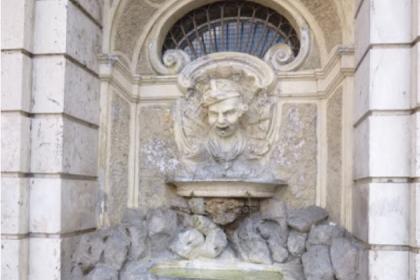
 Condividi
Condividi
Via del Corso
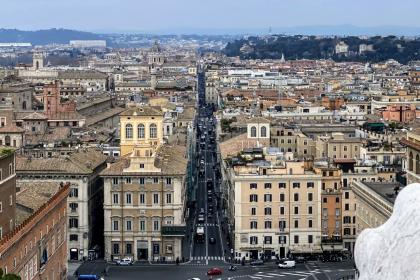
 Condividi
Condividi
The Talking Statues
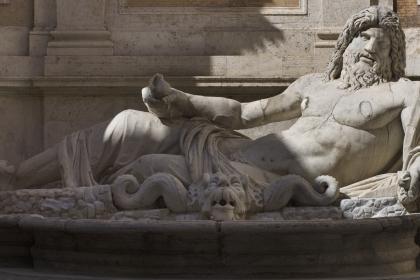
A walk among the fountains
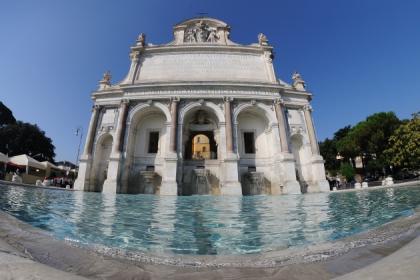

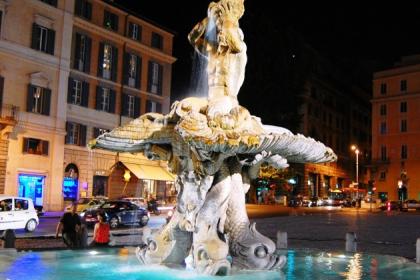
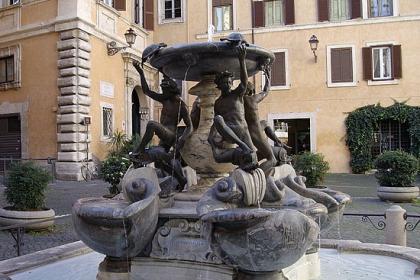
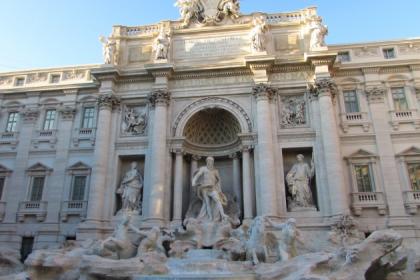
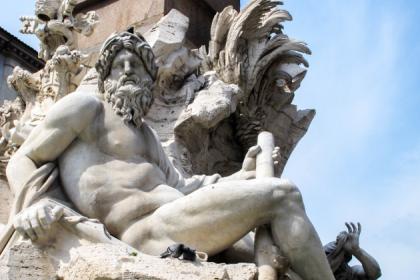
Alla scoperta delle fontane da non perdere: monumentali, bizzarre, barocche
 Condividi
Condividi
Information
 Condividi
Condividi
Location
To find out about all accessibility services, visit the Rome accessible section.











































